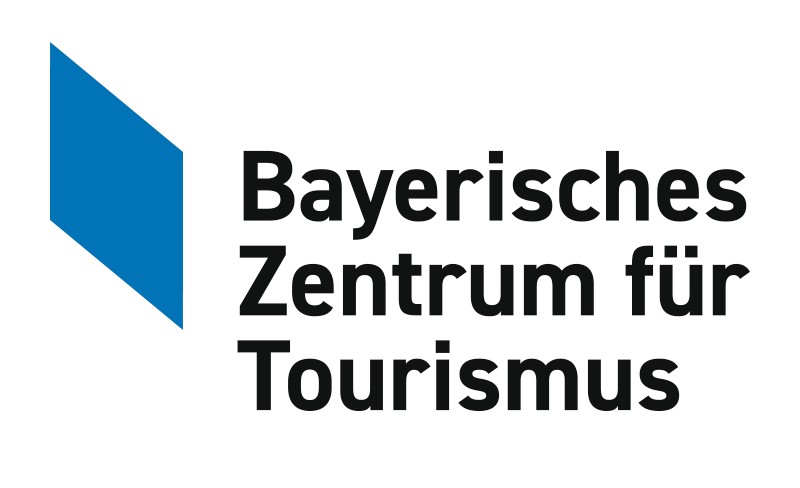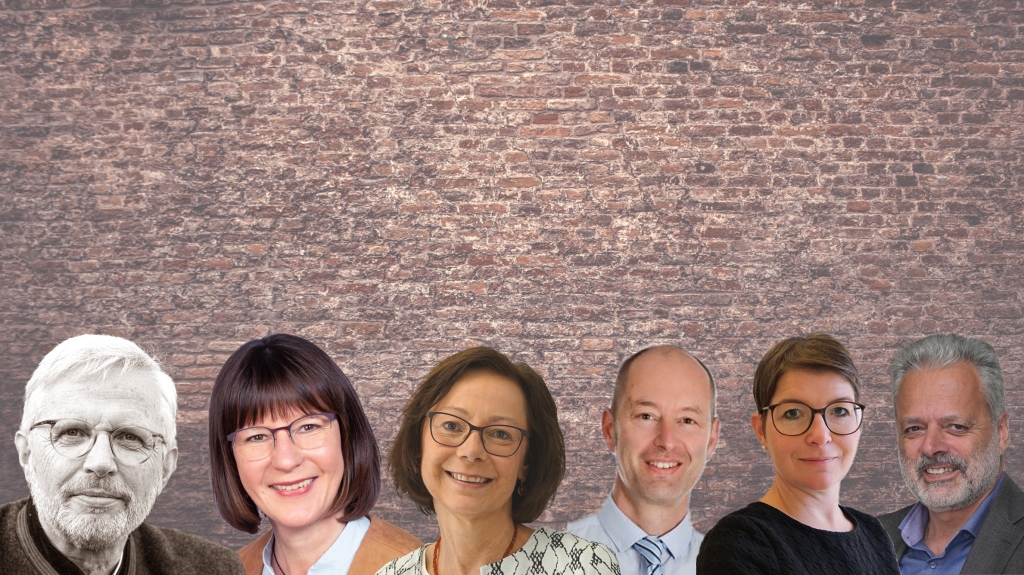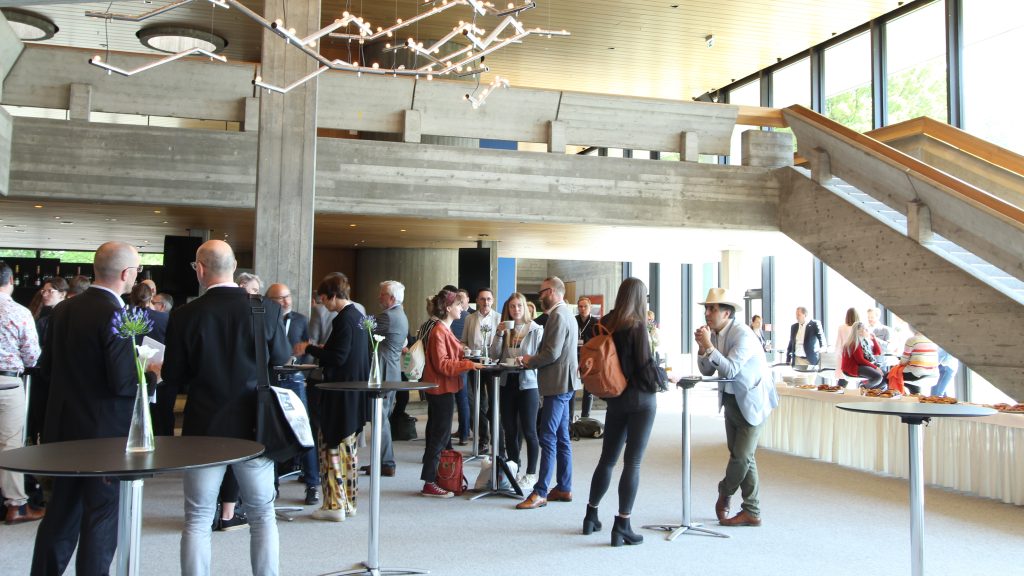THEMENSCHWERPUNKT 2023
Nachhaltige Gestaltung des Alltags- und Urlaubsraums: Bedürfnisse von Einheimischen und Gästen
© istock.com/Thomas Demarczyk
Für das Jahr 2023 setzt das Bayerische Zentrum für Tourismus einen Schwerpunkt auf den Themenkomplex „Nachhaltige Gestaltung des Alltags- und Urlaubsraums: Bedürfnisse von Einheimischen und Gästen“. In unserer Online-Dialogreihe stellen wir die Reisenden und die Einheimischen in den Mittelpunkt. Auf der Jahrestagung am 09. und 10. Mai in Augsburg dreht sich alles um den Gast – heute, morgen und übermorgen.
Die Ausgestaltung des Tourismus beeinflusst nicht nur die Erlebnisqualität von Tourist*innen, sondern wirkt sich auch auf den Alltag von Einheimischen aus. In manchen Fällen wird ein gefühltes „zu viel“ an Tourist*innen sogar als störend empfunden – mit negativen Auswirkungen sowohl für die Einheimischen als auch bei den Tourist*innen selber. Wie können sich Destinationen aktuell und zukünftig ausrichten, um die Tourismusakzeptanz bei Einheimischen zu erhalten beziehungsweise zu verbessern und gleichzeitig die Attraktivität der Region bei Reisenden zu wahren? Zahlreiche Themenfelder wie Lebensqualität- und -zufriedenheit, Tourismus als Wirtschaftsfaktor, Mobilität oder Wohnraum spielen eine Rolle. Dabei ist eine präzise Kenntnis unterschiedlicher touristischer Entwicklungen und ein genaues Verständnis des kulturellen Bewusstseins der Tourist*innen entscheidend, um Fehlentwicklungen entgegenwirken zu können.
Gemeinsam mit Branchenexpert*innen und Vertreter*innen unterschiedlicher wissenschaftlicher Disziplinen richten wir sowohl einen Blick auf neueste Forschungsergebnisse, etwa zu Veränderungen im Reiseverhalten, zur nachhaltigen Angebotsgestaltung oder zur Interaktion zwischen Gästen und Einheimischen, als auch auf die daraus resultierenden praxisrelevanten Implikationen im bayerischen Tourismus.
Ziel ist es, konkrete Handlungsfelder zu definieren und dem bayerischen Tourismus mit seinen verschiedenen Akteur*innen Lösungsansätze aufzuzeigen, wie ein zukunftsfähiger Tourismus in Bayern, unter Wahrung der Bedürfnisse der Gäste und der Einheimischen, gesichert werden kann.

Jahresdialoge 2023
Interaktive Online-Konferenzen

Jahrestagung 2023
Am 09. und 10. Mai veranstaltete das Bayerische Zentrum für Tourismus die zweite Jahrestagung im Kongress am Park in Augsburg. Die zweitägige Konferenz behandelte Aspekte und Fragen rund um das Thema „Der Gast im Mittelpunkt: heute – morgen – übermorgen“. Neben einer Bestandsaufnahme dessen, was wir über den Gast von heute wissen (und nicht wissen), haben wir mit den Tagungsteilnehmer*innen und Referent*innen darüber diskutiert, wie wir auf geänderte Bedürfnisse unserer Gäste von morgen schon heute reagieren können. Ebenso diskutierten wir darüber, wie sich unser Umgang mit dem Gast, insbesondere durch die Entwicklungen in den Bereichen Digitalisierung und Nachhaltigkeit, verändern wird.

Themenschwerpunkt: Alltags- und Urlaubsraum
Der Tourismus bedingt nicht nur die Erlebnisqualität von Tourist*innen, sondern wirkt sich auch auf den Alltag von Einheimischen aus. Wie können sich Destinationen aktuell und zukünftig ausrichten, um die Tourismusakzeptanz bei Einheimischen zu erhalten beziehungsweise zu verbessern und gleichzeitig die Atrraktivität der Region bei Reisenden zu wahren? Zahlreiche Themenfelder wie Lebensqualität, Wirtschaftsfaktor, Mobilität, Immobilienmarkt oder Tourismusintensität spielen hierbei eine Rolle. Dabei ist das Verständnis von Tourismusentwicklung und auch das Reisebewusstsein von Tourist*innen entscheidend. Auf unserer Schwerpunktseite finden Sie alle BZT-Beiträge und Förderprojekte, die sich mit dem Thema “Alltags- und Urlaubsraum” auseinandersetzen.






